Black German Shepherd: An In-Depth Complete Guide


The Black German Shepherd is a sleek and bold rendition of the much-loved German Shepherd. They are a popular yet misjudged breed, commonly admired but rarely understood, and sought after by many.
They hold a perfect combination of intelligence, loyalty, and physical beauty. There is, however, much more to the Black German Shepherd than its appearance.
Let’s uncover everything: history, genetics, temperament nuances, physical needs, advanced care, training milestones, working applications, costs, and even rare facts.
By the end, you’ll not only understand the Black German Shepherd — you’ll be better prepared to welcome, raise, or simply appreciate this magnificent canine companion.
History and Origins of the Black German Shepherd
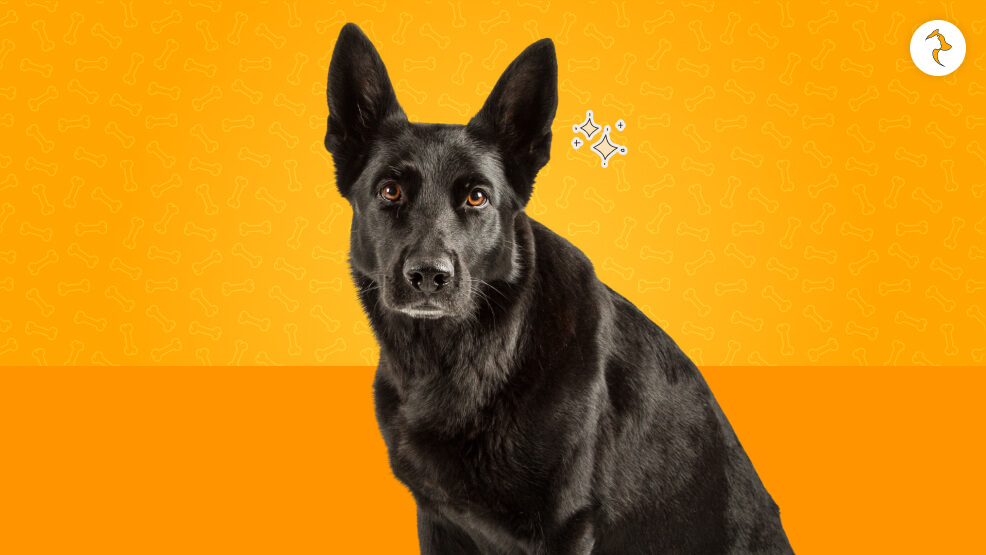
The German Shepherd breed was developed in Germany in the late 1800s. Captain Max von Stephanitz, who is frequently referred to as the breed’s father, wanted to standardize Germany’s heterogeneous working dogs into the perfect working dog.
Captain Stephanitz bought a dog in 1899 called Horand von Grafrath — the first registered German Shepherd.
Essential traits desired:
- Intellect
- Power
- Agility
- Trainability
- Fidelity
- Versatility
Horand’s descendants were selectively bred with other fine working dogs and became the basis of today’s GSD.
Black German Shepherd Emergence
Solid black German Shepherds were present from the very beginning of the breed’s development.
Contrary to myths, Black German Shepherds are not a recent mutation, nor crossbreeds, and certainly not a separate breed.
They are full-blooded German Shepherds, naturally occurring through recessive genetics.
Genetics Behind the Black Coat
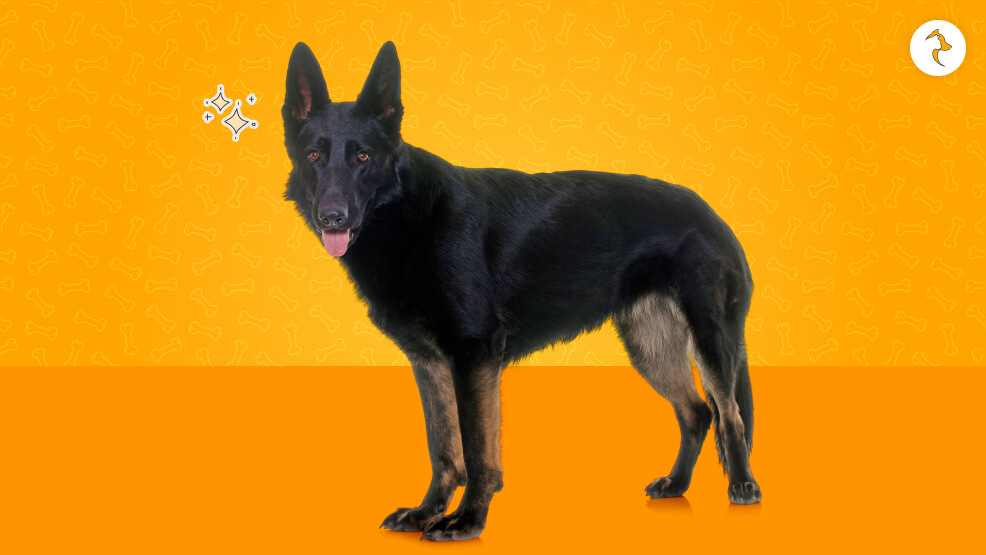
The black coat is controlled by two main genes:
- Dominant genes (the ones for tan, sable, or bi-color coats)
- Recessive genes (the ones for solid black coats)
For a puppy to be black, both of its parents will have to bring forth a recessive black gene (homozygous recessive).
Even two black and tan-colored parents might produce black pups if they are both carriers of the black gene.
Besides genetics:
- A few black puppies may have very little white markings on the paws or chest, but these tend to disappear as they grow up.
- Black GSD puppies, especially young ones, may appear with grayish coloring, which darkens completely by 8–16 weeks.
Physical Characteristics of the Black German Shepherd

Black German Shepherds are regal and authoritative. Their solid black coat creates a smooth, near-panther-like profile.
Size
- Males: 24–26 inches (at the shoulder), 75–95 pounds
- Females: 22–24 inches, 65–85 pounds
Note: Some working-line Black GSDs become even heavier and more muscular.
Coat Types of the Black German Shepherd
- Short-Haired: Close and dense; easier to care for but sheds throughout the year.
- Long-Haired: Lush feathering on ears, chest, legs, and tail; less undercoat but more to groom.
Long-haired Black GSDs lack the dense insulating undercoat prevalent in their short-haired relatives and are consequently somewhat less weather-resistant.
Other Features
- Eyes: Dark brown, expressive, alert.
- Ears: Large, erect, forward.
- Tail: Bushy and full, carried low with a slight curve.
- Muzzle: Strong and tapered.
- Body: Muscular but agile, with a straight or gently sloping topline (depending on lines bred).
Temperament and Personality of the Black German Shepherd
Black German Shepherds, like all GSDs, are renowned for their outstanding mental qualities.
Core Personalty Traits
- Loyal: Bonds strongly, sometimes intensely, with family members.
- Intelligent: Quick to learn commands; loves mental stimulation.
- Protective: Natural protectors; will guard home and loved ones if needed.
- Confident: Bold but not rash.
- Curious: Eager to venture into new surroundings and assignments.
Temperament Differences Based on Bloodlines
- Working Lines: More energy, drive, and tough-mindedness; more suited to police, military, or sports work.
- Show Lines: A bit more mellow, more beauty-oriented; great family friends.
- Socialization is important: without it, Black GSDs may turn overly cautious around strangers or overly defensive.
Intelligence and Trainability of the Black German Shepherd
On an average dog intelligence scale:
- 3rd smartest breed, behind only the Border Collie and Poodle.
- Learns new commands: In fewer than five repetitions.
- Obeys first command: 95% or better of the time.
They thrive at:
- Problem-solving
- Advanced obedience
- Scent work
- Agility
- Guard work
- Search and rescue
- Therapy and service work
Exercise and Mental Stimulation

Black German Shepherds are working dogs to the core.
• Daily Exercise Requirements
- Minimum: 1.5–2 hours physical activity per day.
- Ideal: Divided into morning and evening periods.
• Mental Workouts
Physical wear is not sufficient. These dogs hunger for mental stimulation like:
- Puzzle toys
- Scent games (hide-and-seek with treats)
- Agility courses
- Trick training
- Obedience drills
- Nosework and tracking exercises
If they do not receive stimulation, they may become:
- Destructive (chewing, digging)
- Bark incessantly
- Develop anxiety disorders
Training Stages
Puppy Training (8–16 Weeks)
- Housebreaking
- Crate training
- Name recognition
- Fundamental commands (sit, come, down)
Advanced commands
- Socialization to new environments
- Temporary impulse control exercises
- Exposure to strangers and other canines
Adult Training (1–3 Years)
- Specialized work (tracking, protection, service tasks)
- Off-leash reliability
- Agility or competitive obedience training
Consistency and positive reinforcement are essential throughout all stages.
Socialization Needs
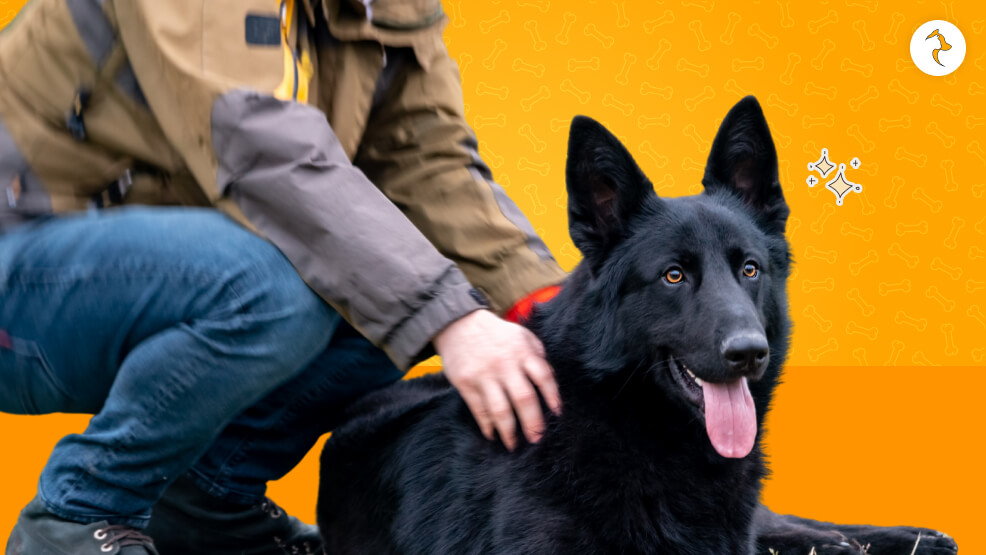
Early and continued socialization will make your Black German Shepherd a confident, well-behaved adult or a fearful, aggressive one.
Expose them to:
- Different people (ages, appearances)
- Other dogs and animals
- Two noisier environments
- Different surfaces (gravel, wood, grass, metal
Reward calm, confident responses during exposures.
Health and Lifespan of the Black German Shepherd
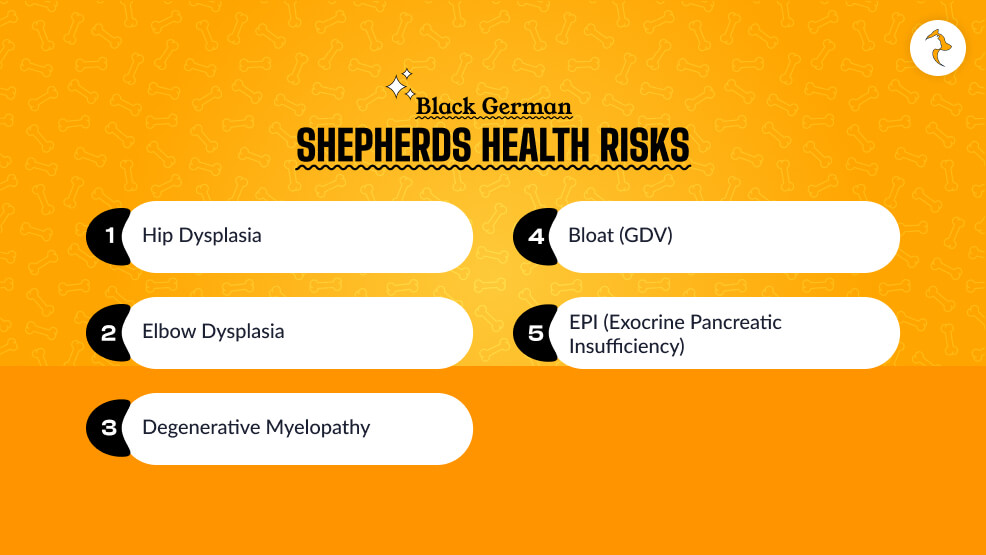
While generally robust, Black German Shepherds share the following risks:
| Condition | Description | Prevention |
|---|---|---|
| Hip Dysplasia | Malformation of hip joints causing arthritis | Genetic testing, healthy weight |
| Elbow Dysplasia | Malformed elbows | Genetic screening |
| Degenerative Myelopathy | Spinal cord degeneration | No cure, but genetic screening available |
| Bloat (GDV) | Stomach twisting; deadly if untreated | Feed smaller meals, avoid exercise after eating |
| EPI (Exocrine Pancreatic Insufficiency) | Digestive enzyme deficiency | Supplement with enzymes |
Life Expectancy
- Average lifespan: 10–13 years
- Tips for longevity:
- Regular vet visits
- Balanced diet
- Moderate exercise
- Early treatment for any health issues
Grooming and Maintenance
Even though Black GSDs have darker coats, they need the same intense grooming schedule:
- Brushing: 3–5 times a week; daily during heavy sheds.
- Bathing: Every 3–4 months or as needed.
- Ear Care: Weekly checking for wax or infection.
- Dental Care: Brush teeth 2–3 times a week; dental chews assist.
- Nail Trimming: Every 4–6 weeks.
Shedding
Black German Shepherds are heavy shedders seasonally (“blow their coats”) in spring and autumn. Get ready for hair on furniture, clothing, and floors unless you dedicate yourself to daily brushing in these seasons.
Diet and Nutrition
Proper dieting keeps them in good health, full of energy, and sporting a healthy coat.
Nutrients:
- High Protein (22–30%)
- Moderate Fats (12–20%)
- Omega-3 & Omega-6: Maintains joints and skin.
- Probiotics: Digestive aid.
- Joint Supplements: Crucial in preventing dysplasia.
Feed high-quality kibble or raw diets (under veterinary supervision). Steer clear of filler-rich commercial dog foods.
- Puppies: 3–4 meals a day.
- Adults: 2 meals a day.
Working Roles of Black German Shepherds
Due to their intelligence, strength, and loyalty, Black GSDs are particularly suited for:
- Police Work (patrol, drug detection, apprehension)
- Military Service (bomb detection, search missions)
- Search and Rescue (tracking missing persons)
- Service Dogs (mobility assistance, PTSD therapy)
- Sporting Events (Schutzhund, agility trials)
Their dark coat even provides them with a tactical edge in low-visibility missions!
Costs of Owning a Black German Shepherd

Upfront Costs
| Expense | Estimated Cost |
|---|---|
| Puppy purchase | $1,500–$5,000 |
| Supplies (crate, leash, bowls) | $300–$600 |
| First-year vet care | $500–$1,000 |
| Training classes | $300–$1,200 |
Ongoing Annual Costs
| Expense | Estimated Cost |
|---|---|
| Food | $400–$800 |
| Vet checkups | $200–$400 |
| Grooming | $100–$300 |
| Insurance (optional) | $300–$600 |
Choosing a Reputable Breeder
Important questions to ask breeders:
- Do you perform health testing on breeding pairs?
- Can I meet the puppy’s parents?
- What socialization experiences have puppies had?
- Do you provide a health guarantee?
Avoid purchasing from:
- Puppy mills
- Pet stores
- Backyard breeders
A quality breeder provides healthy, temperamentally stable dogs who can be excellent family pets or working partners.
Fun and Lesser-Known Facts

- Black German Shepherds shed as much as other GSDs — black hair just shows up on dark surfaces better!
- Puppies can look smoky gray but darken too full black.
- They are less common but NOT officially worth more “worth” by breed standards — their worth is predicated on health, temperament, and training.
- Not warmer in summer — the color of a coat has less effect on absorption of sunlight versus coat thickness.
Black German Shepherd- Yay or Nay!
The Black German Shepherd is a beautiful, clever, and powerful variation of one of the world’s favorite dog breeds.
Serious dedication, training, and care are needed, but for those with the ability to provide them, they promise a lifetime of protection, loyalty, and companionship.
Having one is an enriching experience filled with joy, challenge, and love.


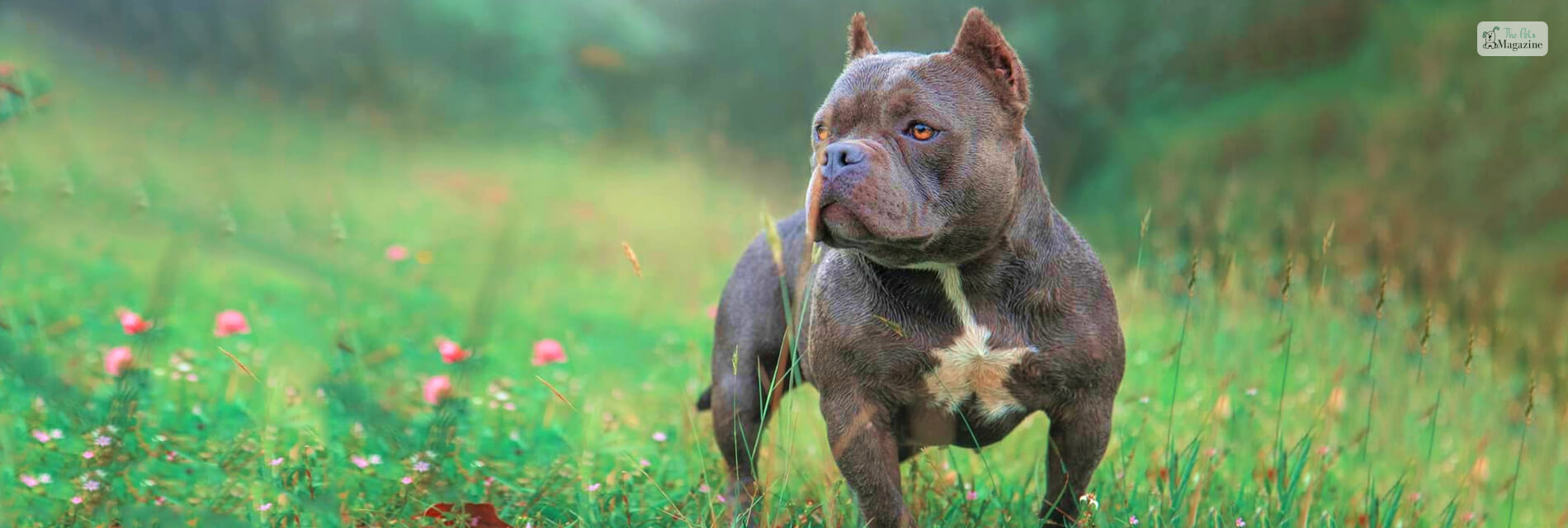

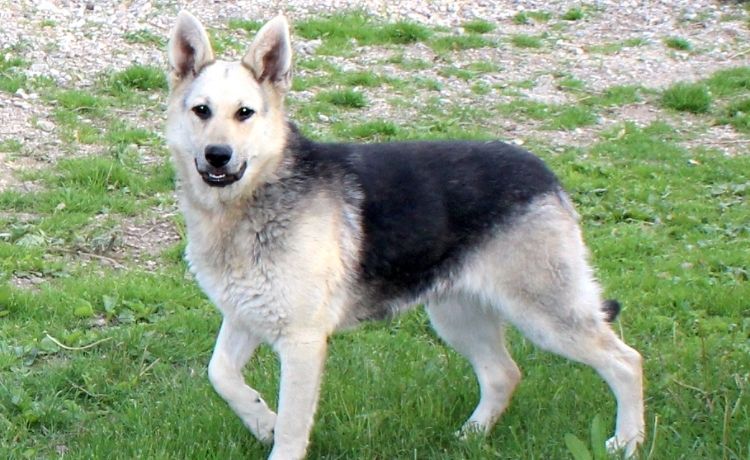

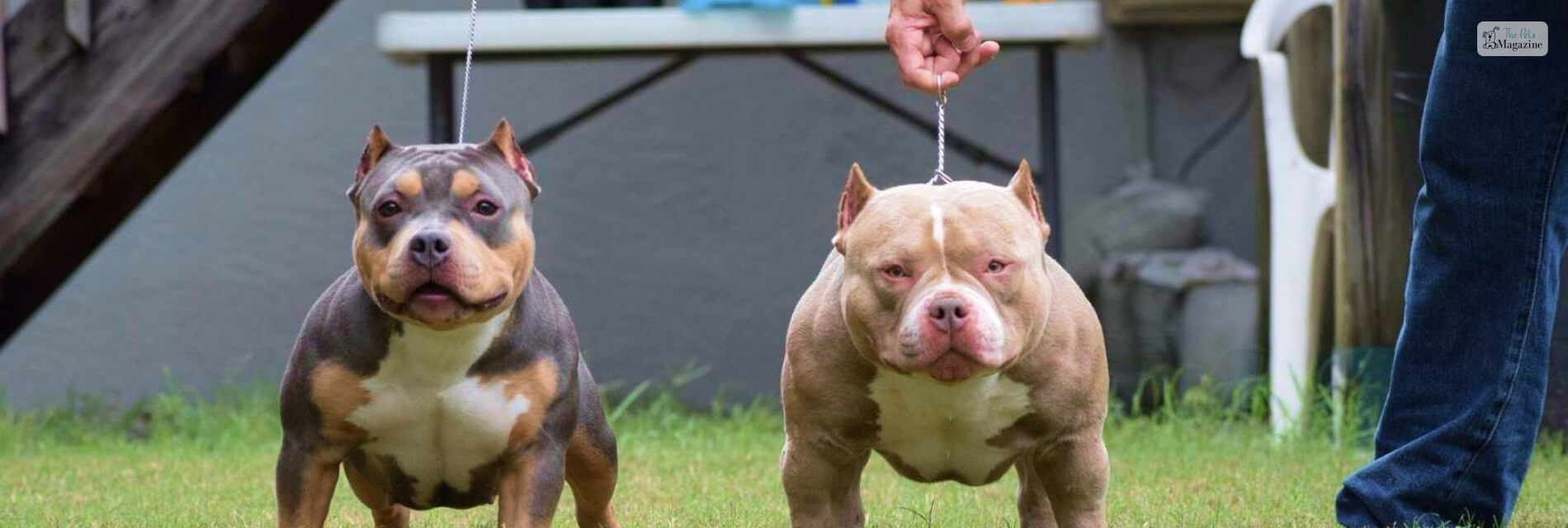
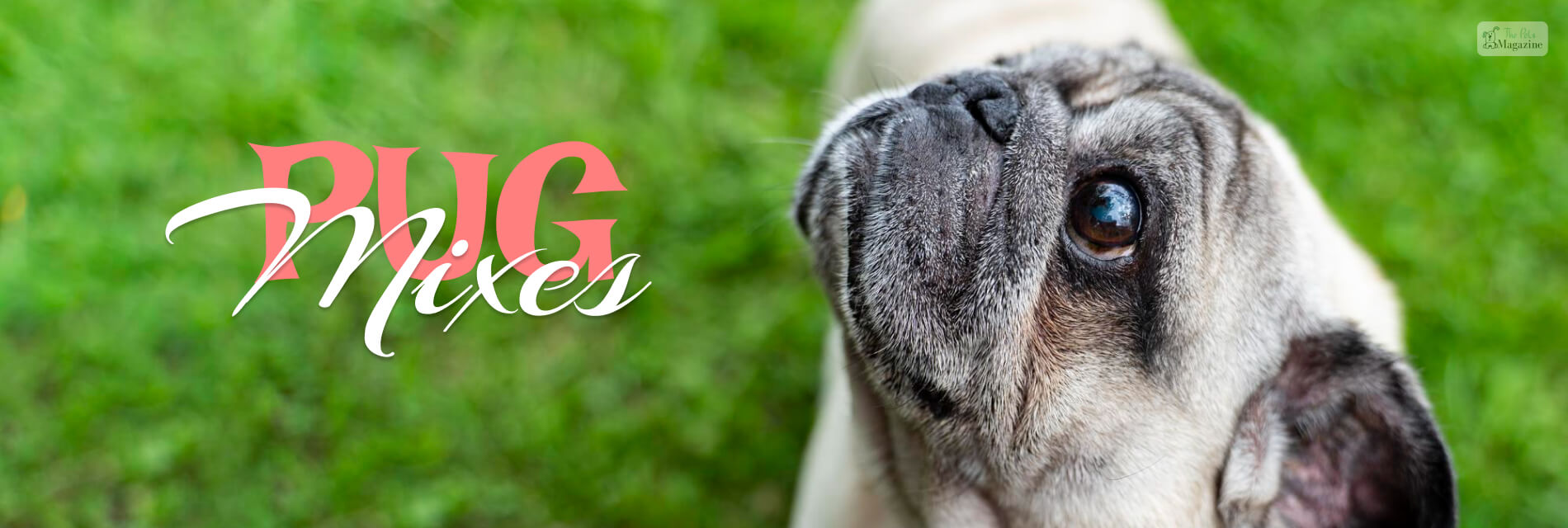

Leave A Comment